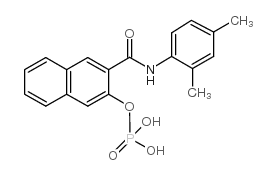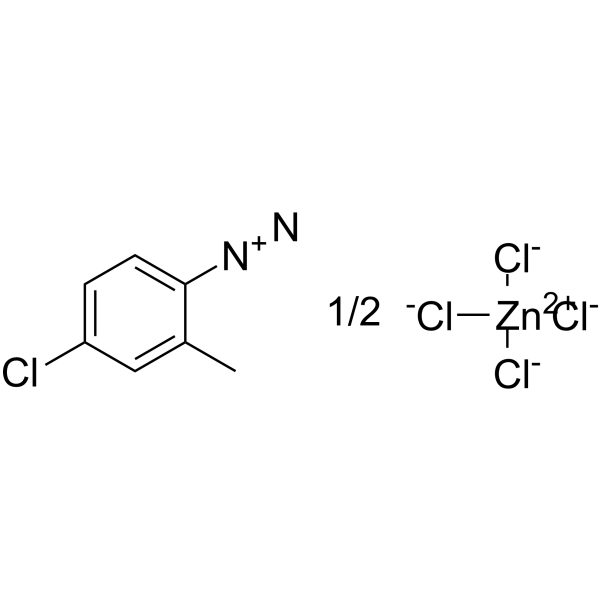| Structure | Name/CAS No. | Articles |
|---|---|---|
 |
N-(2,4-DIMETHYLPHENYL)-3-(PHOSPHONOOXY)-2-NAPHTHALENECARBOXAMIDE
CAS:1596-56-1 |
|
 |
Naphthol AS-MX phosphate disodium salt
CAS:96189-12-7 |
|
 |
Fast Red TR Salt hemi(zinc chloride) salt
CAS:89453-69-0 |